Last Updated
Los Cabos is, without a doubt, one of the most popular destinations in Mexico, mostly due to its pristine beaches and luxurious resorts within walking distance from the ocean.
But there is a ‘but’. Not all beaches are safe for swimmers.
It is not rare to see red flag warnings on the sand in Los Cabos, and tourists often have to change their plans for the day or move a few km to find a safe place where to enjoy the water.
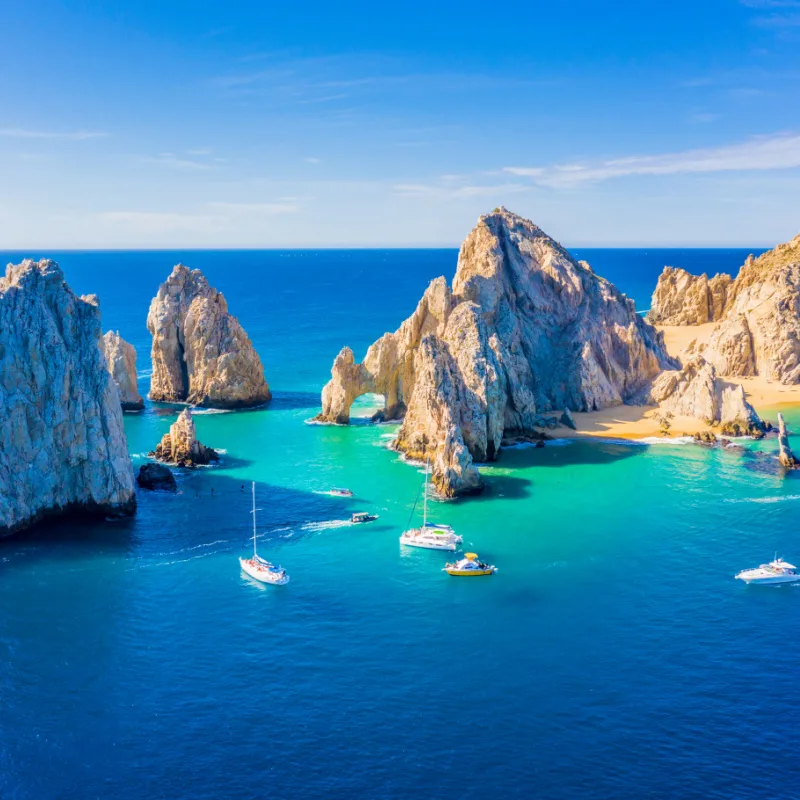
People who are not too confident about their swimming skills may be worried for their safety, but the truth is that as long as tourists pay attention to the warnings and avoid certain beaches, there is no reason to be concerned.
So, what areas should people avoid? These are the top five most dangerous beaches in Los Cabos this fall.
Divorce Beach
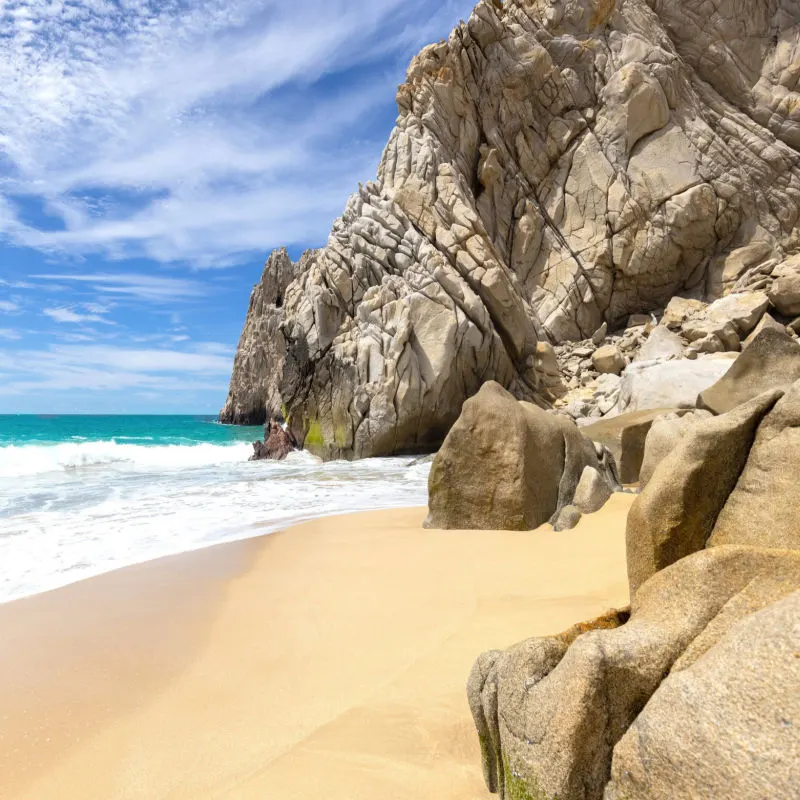
Divorce Beach, or Playa del Divorcio, is one of the most dangerous in the municipality as its name suggests.
This is mostly due to the strong currents characterizing the area, the huge waves crashing on the beach, and the rip tides.
On top of this, there are no safeguards on Divorce Beach, mainly because swimming here is not allowed.
Despite this, this beach can be a great place for sunbathing and getting some well-deserved relaxation.
If you really want to enter the water, go to the nearby Lover Beach, which has much safer conditions most of the time.
Pedregal Beach
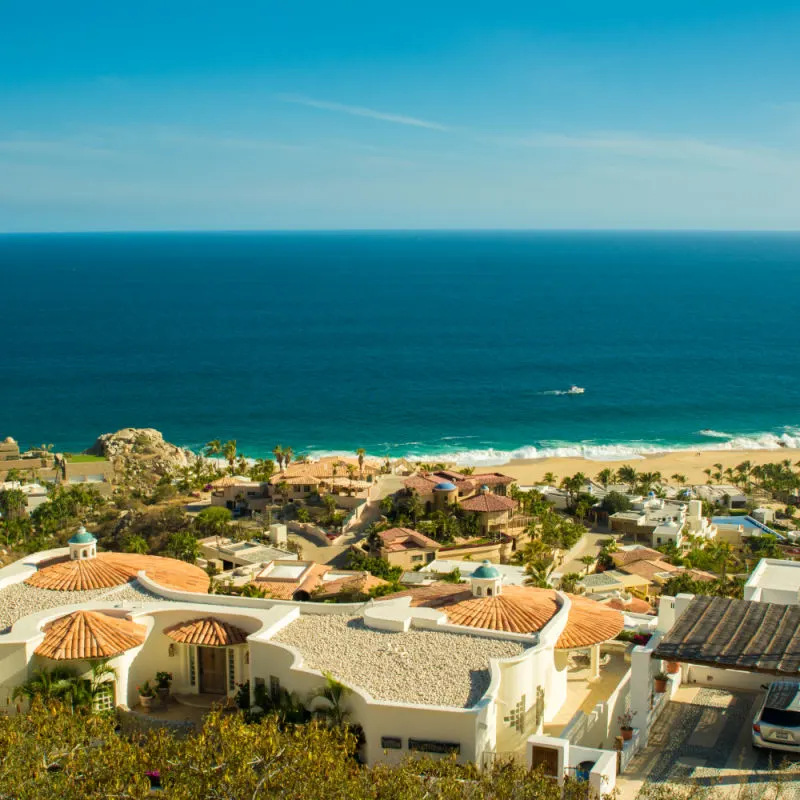
Located in the south area of Cabo San Lucas, this is another beach swimmers should avoid at all costs.
Turbulent waters and strong waves make this an incredibly dangerous area for bathers of all fitness levels.
Solmar Beach
Located on the Pacific side of Los Cabos, this beach is so dangerous that beach vendors are not allowed to sell their products here.
As for the other beaches on our list, swimming and any other water activity are prohibited here due to the risky water conditions that include intense currents and strong waves.
Estuary Beach
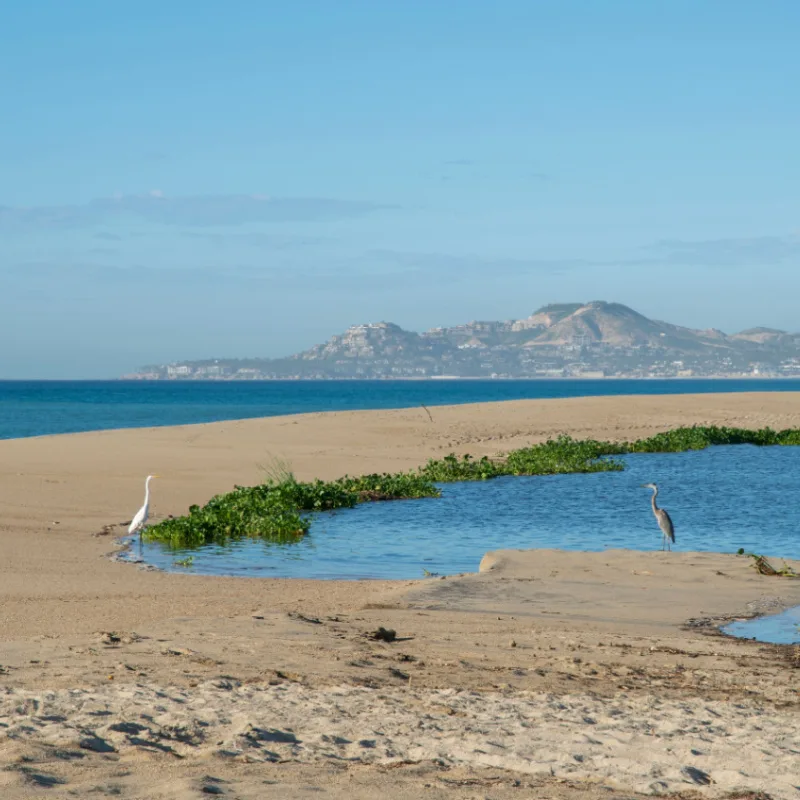
We now move to San José del Cabo, in Estuary Beach, in Spanish Playa Del Estero.
This beach is located at the north end of Hotel Row and is a great spot for bird watchers.
This wonderful area is home to over 350 species of wildlife, but swimming here is severely prohibited due to the strong undertow.
Hotel Beach
Last on our list, but not for this reason any less dangerous, is Hotel Beach, in Spanish Playa Hotelera.
Swimming here is often prohibited due to a steep drop-off as well as undertows.
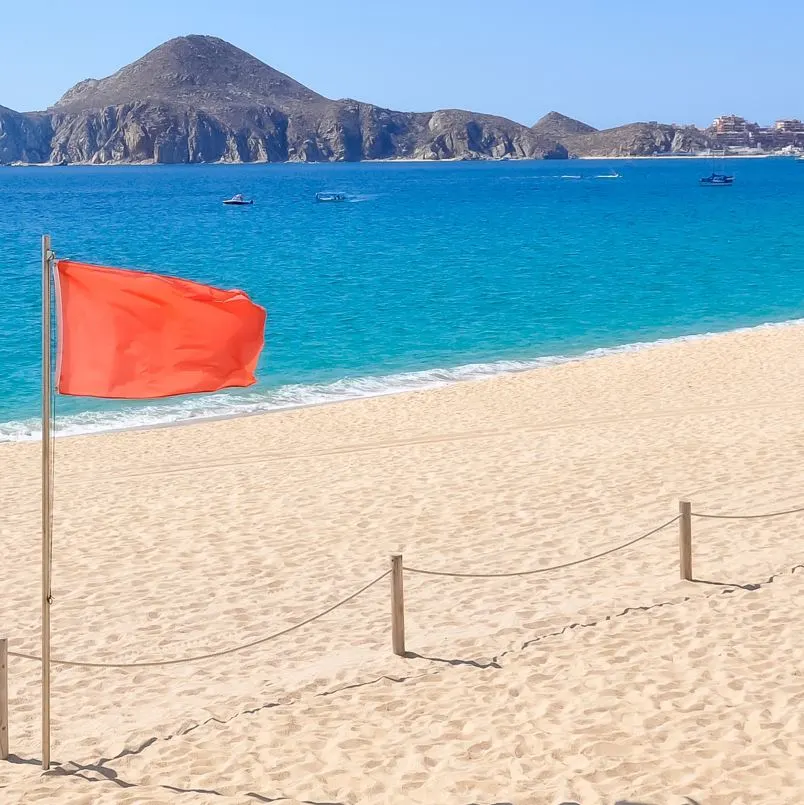
Despite this, Hotel Beach is still quite popular for other beach activities such as sunbathing, horse riding, long walks, beach volleyball, and surf fishing.
Other beaches to watch out for
Unfortunately, the list of beaches tourists should watch out for doesn’t end here.
In fact, there are several other areas where, even though swimming is not prohibited at all times, bathers are always asked to pay maximum attention.
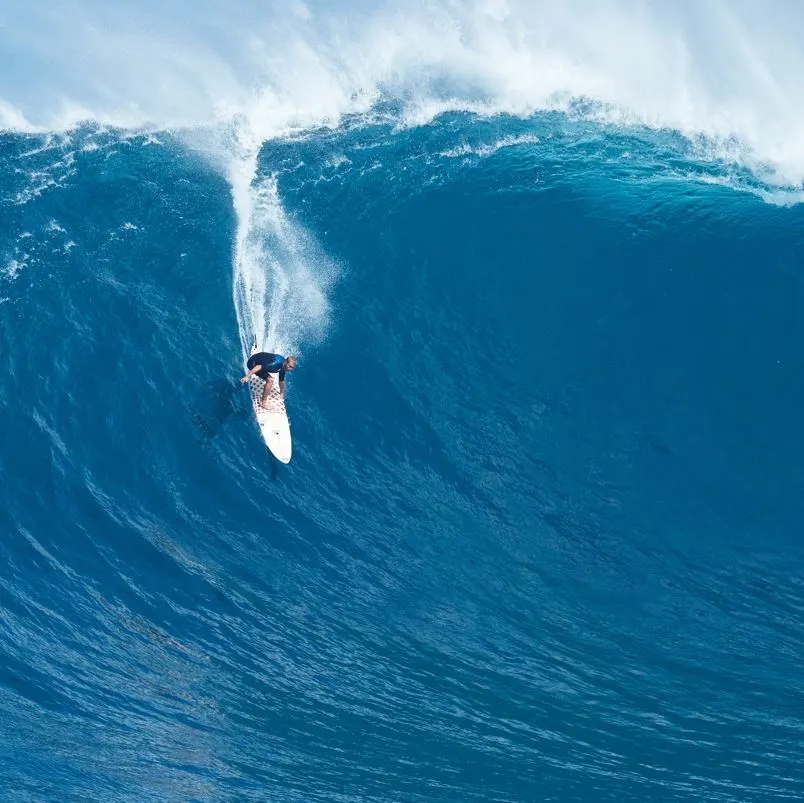
Monumentos Beach, El Tule Beach, Acapulquito Beach, and Costa Azul Beach are all open to surfers, but swimming here is often prohibited.
Even professional swimmers should be extremely cautious when entering the water as the strong currents and high waves in these areas can be a danger for everyone.
What are the main dangers in Los Cabos beaches?
Red flags, prohibiting people from entering the water, are often put in place for a variety of reasons.
Among the most common are rip currents, extremely strong currents moving from the safe beach to the dangerous Pacific Ocean.
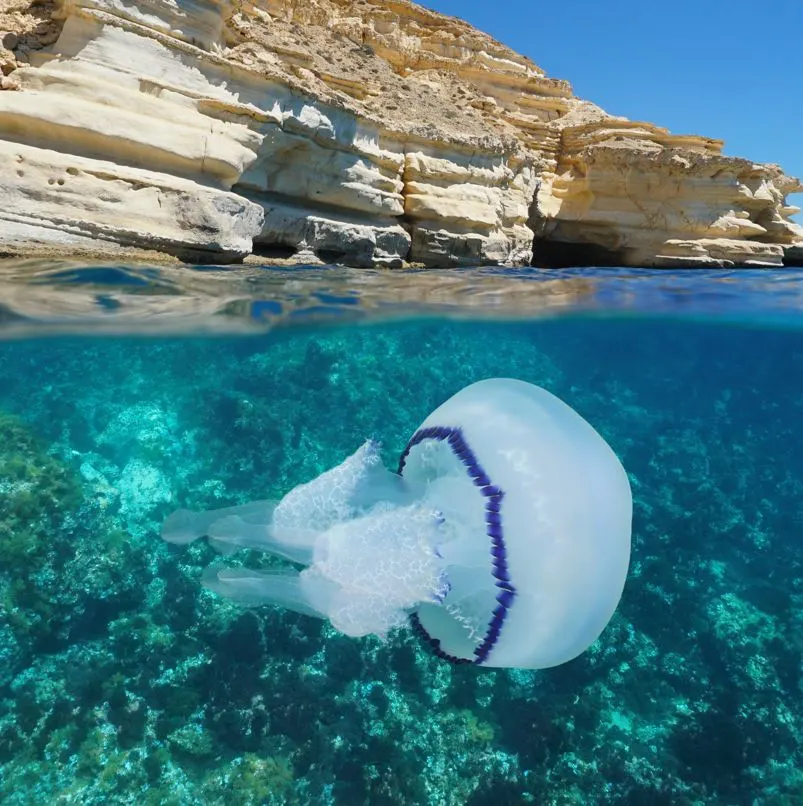
Another common reason that causes authorities to close beaches is the strong waves, making swimming extremely tiring and causing exhaustion.
Wildlife can also, at times, pose a danger for swimmers. Los Cabos has an abundance of sea creatures due to its pristine waters.
Sea urchins and jellyfish can harm tourists and locals alike. Thankfully, people are often warmed by their presence thanks to the white flags placed on the beaches.
Plan Your Next Cabo Vacation:
Traveler Alert: Don’t Forget Travel Insurance For Your Next Trip!
Choose From Thousands of Cabo Hotels, Resorts and Hostels with Free Cancellation On Most Properties
↓ Join The Community ↓
The Cabo Sun Community FB group has all the latest travel news, conversations and current events happening in Los Cabos

Subscribe to our Latest Posts
Enter your email address to subscribe to The Cancun Sun’s latest breaking news affecting travelers, straight to your inbox.
